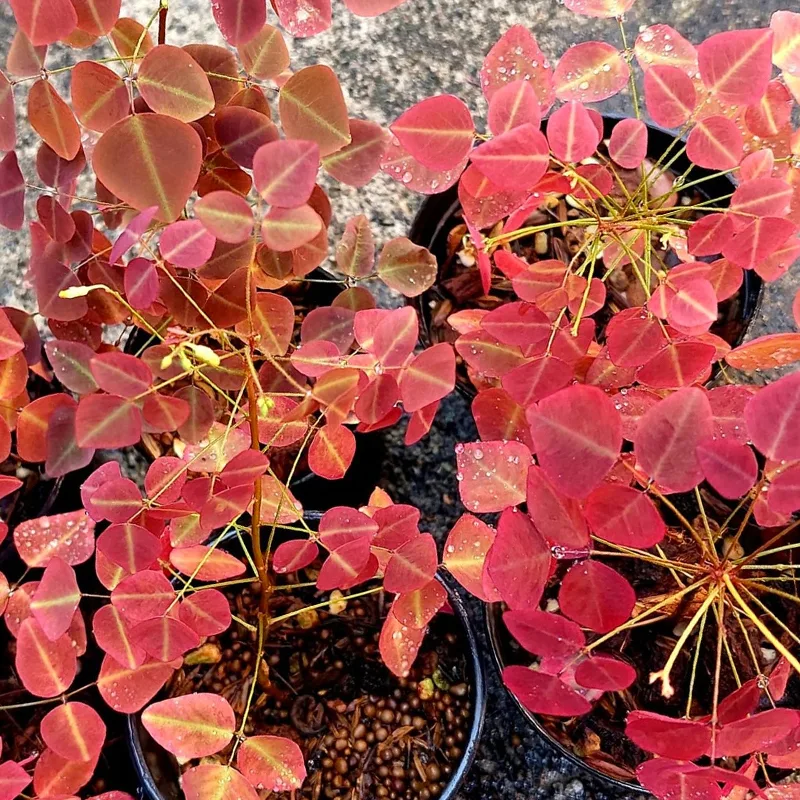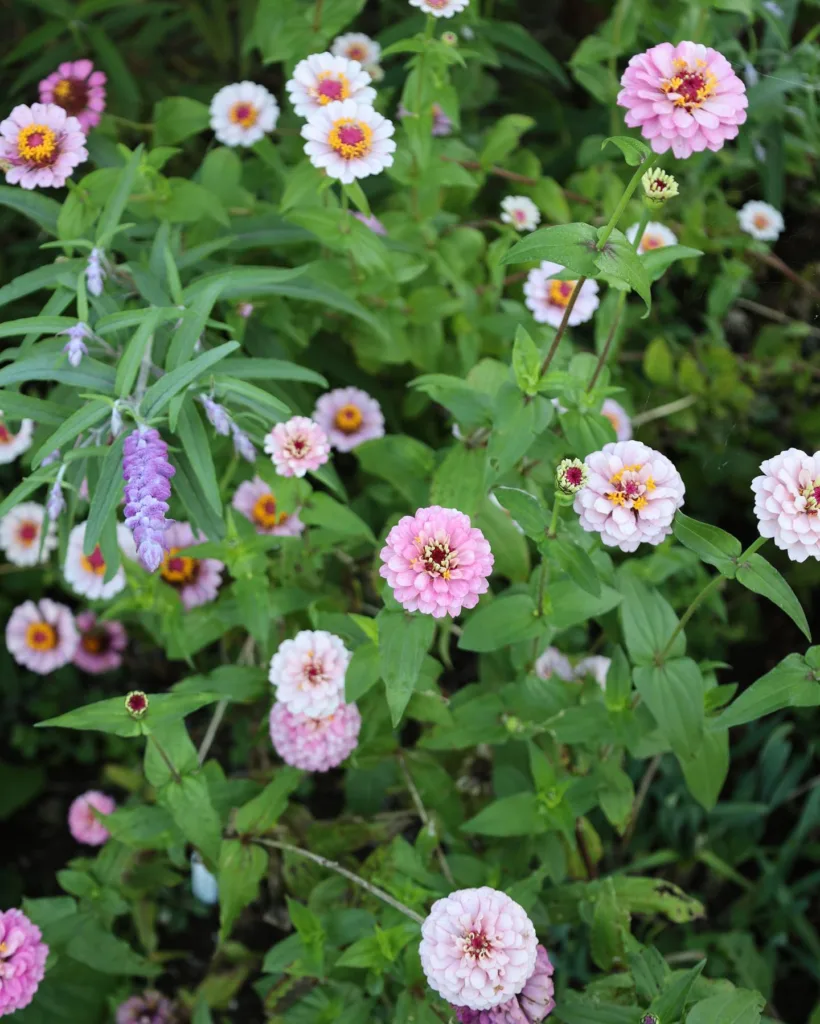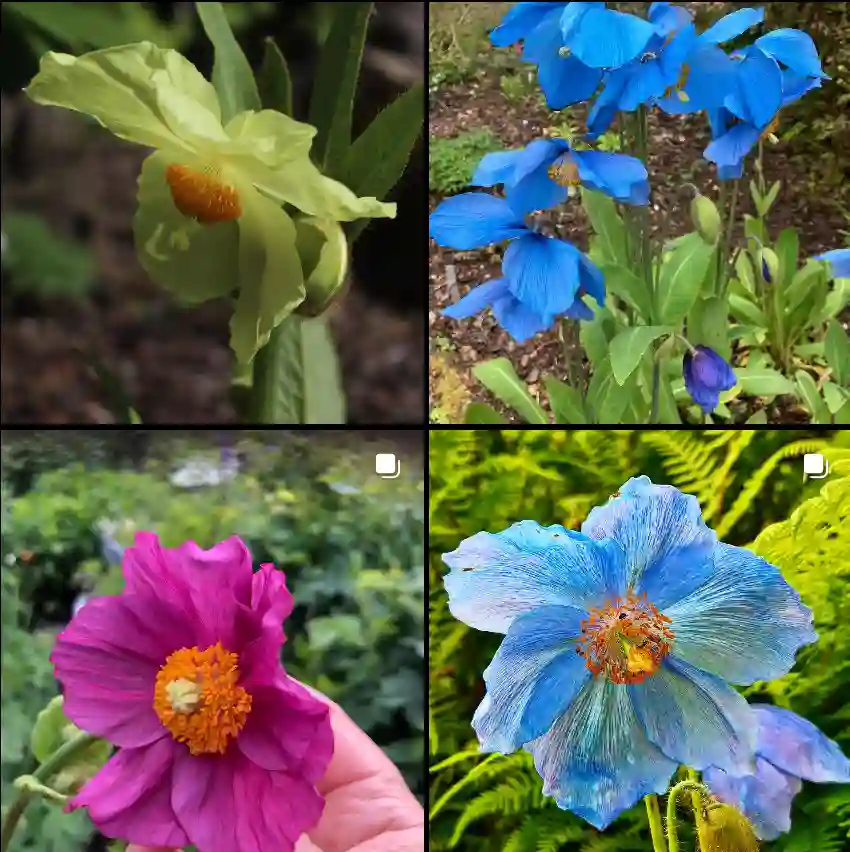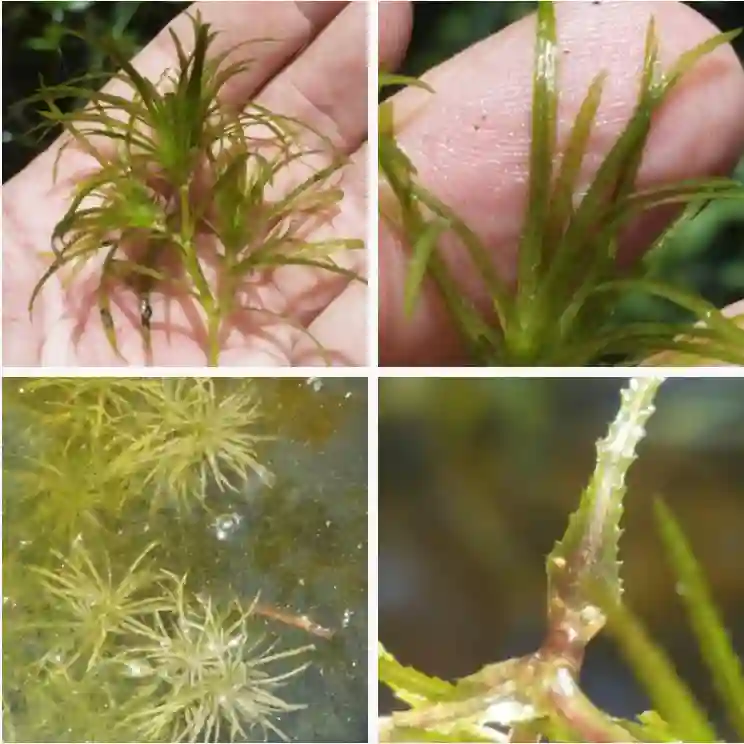Hosta Lancifolia: A Shade Garden Workhorse – Answers from Ferb Vu
For many gardeners, hostas are the backbone of the shade garden. They offer a vibrant tapestry of textures and colors, thriving in areas where most flowering plants struggle. Today, I want to delve into one of the most popular and reliable hosta varieties: Hosta Lancifolia.
31 Species in Genus Hosta
What is Hosta Lancifolia?
Hosta Lancifolia, also known as the narrow-leaved plantain lily, is a perennial prized for its elegant, lance-shaped foliage. Introduced to the United States from China in the late 1800s, it’s become a mainstay in landscapes across the country.
This shade-loving plant forms a clump reaching 1 to 1.5 feet tall and 1.5 to 2.5 feet wide. The medium green leaves boast a smooth texture and a thin substance, adding a delicate touch to the garden. In late summer, Hosta Lancifolia produces dainty lavender flowers on tall scapes, adding a touch of whimsy.
Is Hosta Lancifolia Easy to Care For?
Absolutely! Hosta Lancifolia is a gardener’s dream, requiring minimal maintenance. Here’s what you need to know:
- Light: While it tolerates full shade, dappled morning sun can enhance its growth and bring out a richer green color in the leaves. In hotter climates, afternoon shade is recommended to prevent scorching.
- Water: Consistent moisture is key. Aim for deep watering 1-2 times a week, especially during dry spells. Letting the soil dry out completely can lead to stunted growth and browning leaf edges.
- Soil: Hosta Lancifolia thrives in well-drained, organically rich soil. Amending your planting bed with compost will provide the nutrients and drainage it craves.
- Fertilizer: While not strictly necessary, a light application of balanced fertilizer in early spring can give your Hosta Lancifolia a growth boost.
How Fast Does Hosta Lancifolia Grow?
Hosta Lancifolia is considered a fast grower compared to other hosta varieties. You can expect it to reach maturity within 2-3 years, forming a beautiful, dense clump.
How Do I Propagate Hosta Lancifolia?
The easiest way to propagate Hosta Lancifolia is by division. In early spring or fall, carefully dig up the mature clump and use a sharp knife to divide it into sections, each with a healthy bud and roots. Replant the divisions in prepared soil, water well, and watch them thrive.
Common Problems with Hosta Lancifolia
Hosta Lancifolia is a relatively trouble-free plant. However, there are a couple of things to keep an eye on:
- Slugs and snails: These slimy creatures love to feast on hosta leaves. Use organic slug and snail control methods like beer traps or diatomaceous earth to deter them.
- Deer: While not their favorite meal, deer will occasionally nibble on hostas. Planting deer-resistant companions like ferns or ornamental grasses can help deter them.
Hosta Lancifolia vs. Hosta Sieboldii: What’s the Difference?
Hosta Lancifolia is often confused with its close cousin, Hosta Sieboldii. Here’s a quick breakdown of the key differences:
- Leaves: Hosta Lancifolia has narrower, lance-shaped leaves, while Hosta Sieboldii has broader, heart-shaped leaves.
- Flower Color: Hosta Lancifolia produces lavender flowers, whereas Hosta Sieboldii’s flowers are typically pale violet or white.
- Growth Rate: Hosta Lancifolia is a faster grower than Hosta Sieboldii.
Ultimately, both are excellent choices for shade gardens. Hosta Lancifolia offers a more delicate aesthetic, while Hosta Sieboldii provides a bolder presence.
Conclusion:
Hosta Lancifolia is a versatile and easy-to-care-for perennial that adds elegance and texture to any shade garden. Its fast growth rate, low maintenance needs, and tolerance for a variety of light conditions make it a perfect choice for both experienced and novice gardeners alike. So, if you’re looking for a reliable shade-loving plant with a touch of sophistication, Hosta Lancifolia might be the perfect addition to your landscape.
If i die, water my plants!



